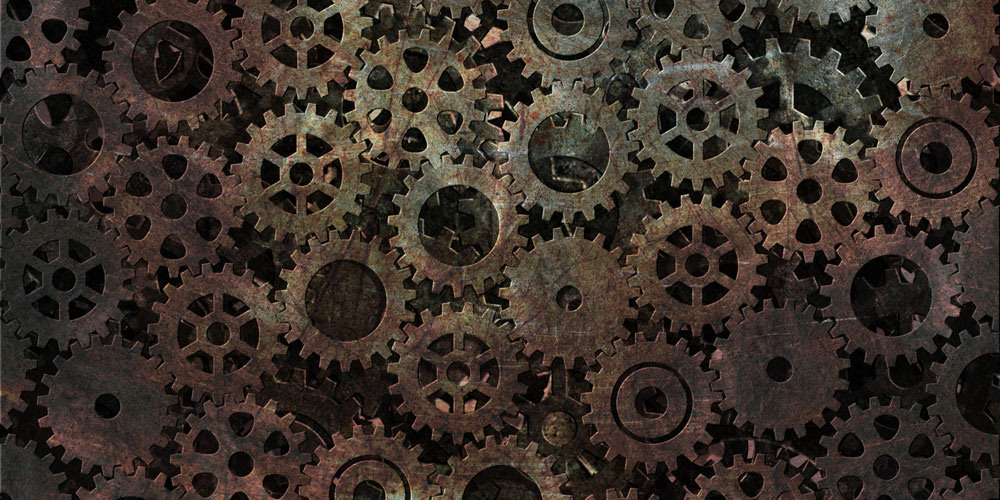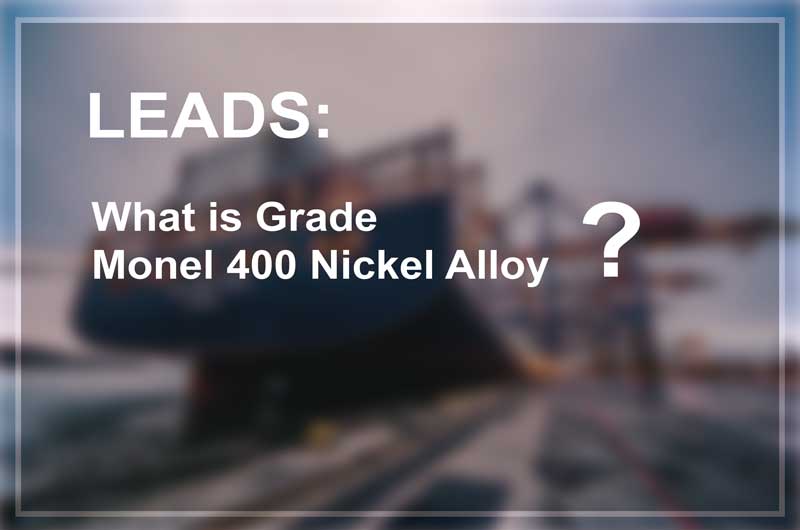Background Information
Nickel is a silver-white, hard, ductile and ferromagnetic metal element that is corrosion resistant and capable of being highly polished. Nickel is a pro-iron element. The core is most rich in nickel, the natural nickel-iron alloy. In the earth's crust, Ferro-magnesia rocks contain more nickel than siliceous rocks. For example, peridotite contains 1000 times more nickel than granite, while gabbro contains 80 times more nickel than granite.
- Item Name: Nickel
- Element symbol: Ni
- Atomic number: 28
- Atomic volume: 58.69

The role nickel plays in stainless steel
The role nickel plays in stainless steel will be talked in four dimensions as below:
1. The Role Nickel Plays on the Microstructure and Heat Treatment of Stainless Steel
1) Nickel and iron allow for infinite solid solution. Nickel is the main alloying element for forming and stabilizing austenite. Nickel can expand the austenite area of iron, i.e., raise the A4 point and lower the A3 point.
2) Nickel and carbon do not form carbides.
3) Nickel reduces the critical transition temperature, slows the diffusion rate of each element in the steel, and improves the hardenability.
4) Nickel decreases the carbon content of the eutectoid pearlite, which performance is stronger than manganese and second only to nitrogen. It features half of manganese performance in reducing Martensite transformation temperature.
2. The Role Nickel Plays on Stainless Steel Mechanical Properties
1) Nickel strengthens ferrite, refines and increases pearlite, as well as improves stainless steel strength without significantly affecting the steel plasticity.
2) Nickel-containing stainless steel can decrease its carbon content appropriately to enhance its toughness and plasticity.
3) Nickel improves fatigue resistance and reduces notch sensitivity.
4) Because the effect on improving the hardenability and tempering stability of steel is not very strong, nickel has little significance for quenched and tempered steel.
5) Nickel reduces the transition temperature of low temperature embrittlement. Stainless steel containing 3.5% of Ni can be used at temperature of -100 °C, while stainless steel containing Ni9% can work at temperature of -196 °C.
3. The Role Nickel Plays on Stainless Steel Physical, Chemical and Processing Properties
1) Nickel reduces the steel thermal conductivity and electrical conductivity remarkably;
2) Austenitic stainless containing less than 30% Ni exhibits paramagnetism, i.e., non-magnetic steel. Fe-Ni alloy containing more than 30% Ni is important precision soft magnetic material.
3) Stainless steel containing more than 15%-20% nickel features high corrosion resistance to sulfuric acid and hydrochloric acid but gets insufficient to resist nitric acid corrosion. Generally speaking, nickel-containing steels have certain resistance to acid, alkali and the atmosphere. Nickel-containing low alloy steels also have high corrosion fatigue resistance. Nickel-containing steel is prone to produce hot brittle and aggressive pores when heated in a sulfur- and oxidizing atmosphere.
4) Austenitic welding rods should be used for welding steels containing high nickel to prevent cracks.
5) Strip-like microstructure and white point defects are prone to occur in nickel-containing steel and should be prevented in the production process.
4. The Applications of Nickel in Stainless Steel
1) Pure nickel steel is only used when particularly high impact toughness or very low operating temperature is required.
2) Nickel-chromium or nickel-chromium-molybdenum stainless steel used for mechanical manufacturing can obtain good integrated mechanical properties with good strength and toughness after heat treatment. Nickel-containing stainless steel is especially suitable for parts that require surface carburization.
3) Nickel is an austenitizing element in heat-resistant high-alloy austenitic stainless steel, mainly NiCr stainless steel, giving the stainless steel good overall performance. In some applications, CrNi stainless steel can also be replaced by CrMnN, CrAlSi, FeAlMn stainless steel.
Related
- Functions of Microalloy Elements Nb, V and Ti in Steel
- The Role Manganese Plays in Stainless Steel
- The Role Molybdenum Plays in Stainless Steel
- The Role Chromium Plays in Stainless Steel
Contact
CIVMATS produces stainless steel products, such as pipes & fittings, bars. If you are in demand, please contact us:
- Company: CIVMATS CO., LIMITED
- Phone: 86-519-81809659
- Fax: 86-519-81809959
- Email: sales@civmats.com
- Address: 10th Floor, Xin Cheng Nan Du, Wujin District, Jiangsu, China
- Website: www.civmats.com

